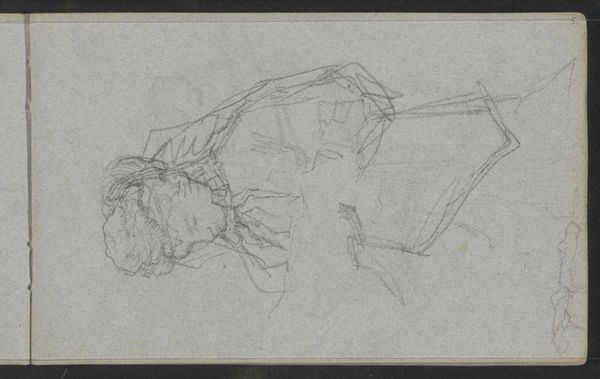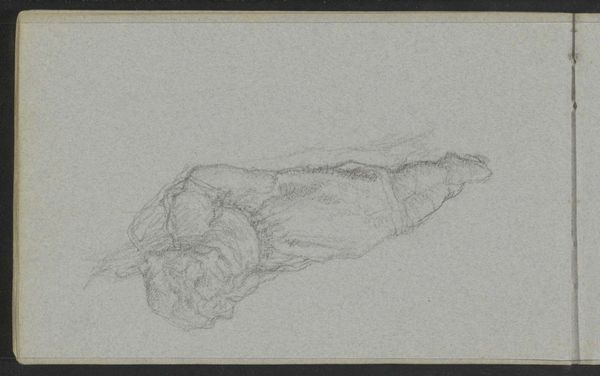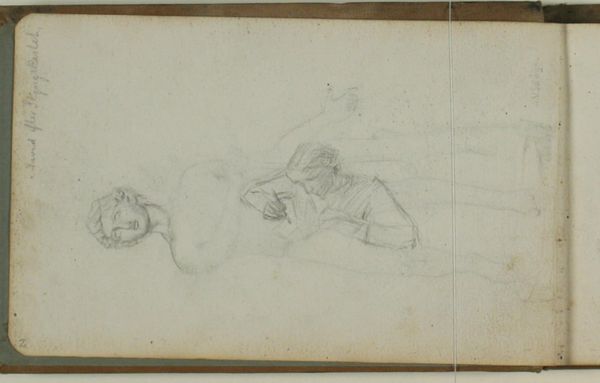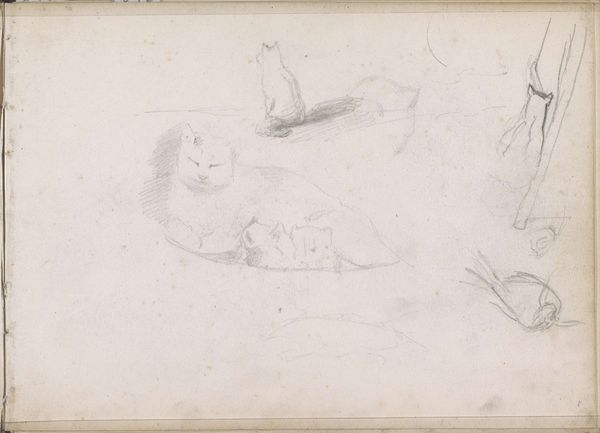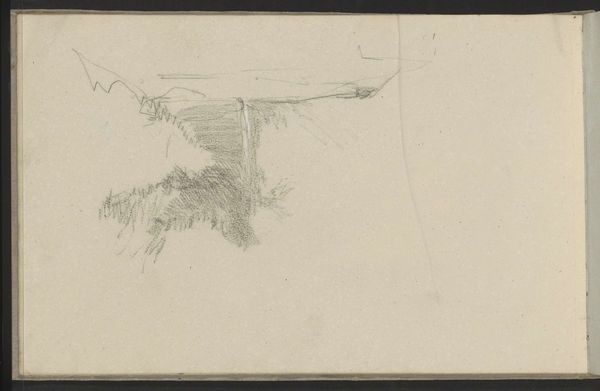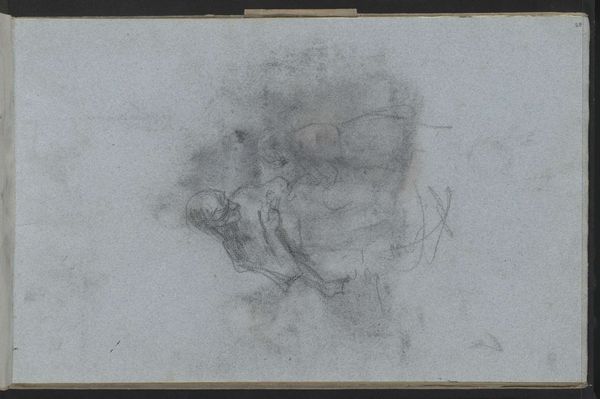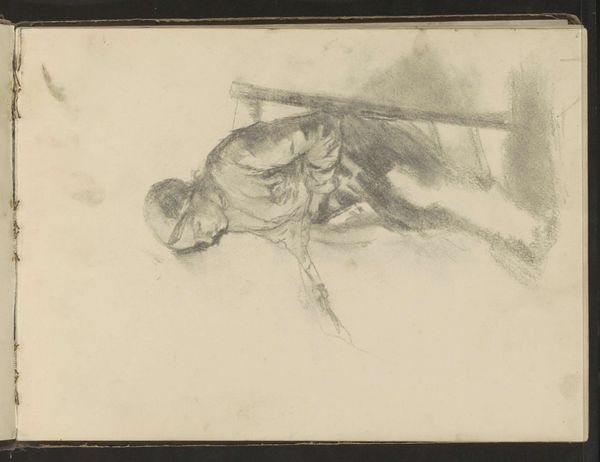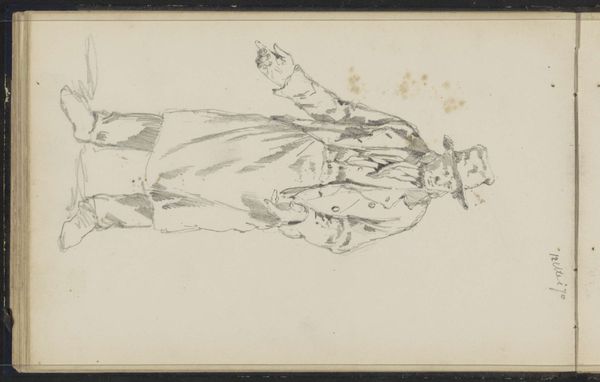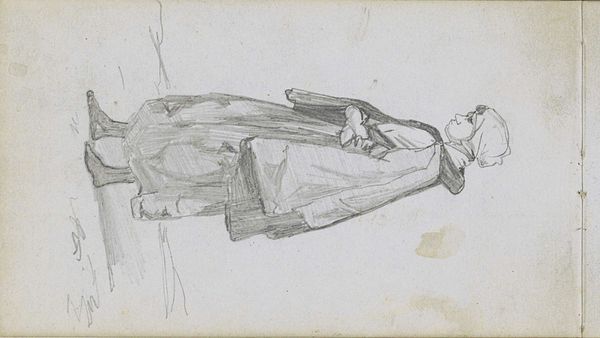
drawing, paper, pencil
#
portrait
#
drawing
#
pencil sketch
#
paper
#
pencil
#
sketchbook drawing
#
realism
Copyright: Rijks Museum: Open Domain
Curator: Here we have a pencil drawing from 1880 titled "Man in Uniform" by Louis Apol, currently held in the collection of the Rijksmuseum. Editor: It feels ghostly, almost unfinished. A quick study, maybe? There's something about the light pencil strokes that gives it this ephemeral quality. Curator: Exactly. It definitely has that sketchbook feel – capturing a moment, an impression. Apol was known for his landscapes, often winter scenes. Perhaps this portrait was a preparatory sketch or a departure from his typical subject matter. Editor: Thinking about it through a contemporary lens, the 'Man in Uniform' brings up questions around power, authority...who was this man, and what did that uniform represent? Uniforms often signify a complex system of control and belonging. Curator: Interesting! I hadn't immediately considered that, I was focused on the technique itself. The softness of the shading around the face hints at the humanity beneath the rigid formality. You can see how delicately Apol suggests the set of the jaw, the hint of an eye... Editor: True. And there is an interesting interplay happening: a soft depiction of power – the attempt to soften that image could, perhaps, be about connecting to viewers in an empathetic way. Perhaps the artist himself had conflicted feelings about authority and duty, projecting it into his subject's expression? Curator: It definitely allows for multiple readings. A more ambiguous, introspective take than perhaps a fully rendered portrait would. The simplicity, the sketch-like quality…it invites our own interpretations. Editor: Well, it makes you think beyond the surface, doesn't it? I'll certainly leave here considering the weight and nuance implicit even in unfinished lines. Curator: I find myself admiring the artist's economy of line—how much he communicates with so little. Just a suggestion of a form and we immediately understand, maybe even empathize.
Comments
No comments
Be the first to comment and join the conversation on the ultimate creative platform.


